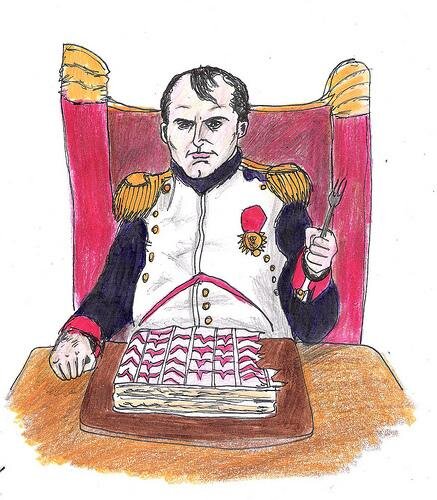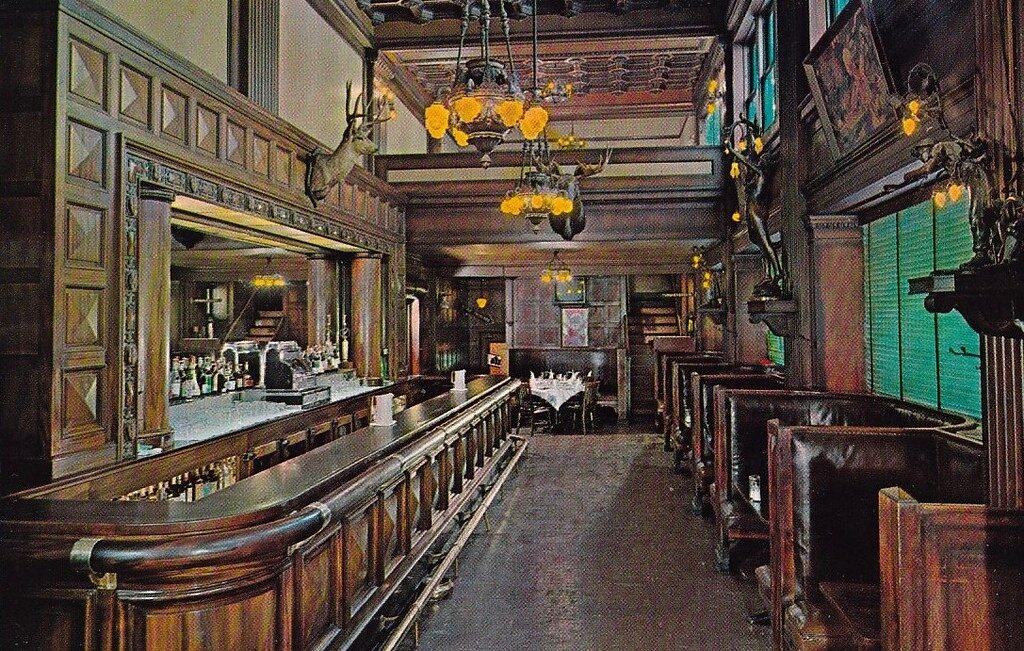He’s a two-time Grammy Award winner — for co-writing “After the Love Is Gone” (Earth, Wind & Fire) and “Turn Your Love Around” (George Benson).
As a solo artist, he had his own minor hit in 1981 with “Sara.”
In the 1970s and ‘80s, he was one of the most in-demand backing vocalists in Los Angeles, appearing on hundreds of recordings, including by: Elton John, Al Jarreau, Lou Rawls, Nancy Wilson, George Benson, The Tubes, Patti LaBelle, Neil Diamond, Donna Summer, Barry Manilow, Kim Carnes, Kenny Rogers and on and on
His cover of the 1967 Ray Charles tune, "In the Heat of the Night,” was used as the opening theme for the television series that ran from 1988 to 1995.
For nearly 30 years, from 1981 to 2009, he was a member — and was instrumental in the rebirth — of one of the best-known and longest-running bands of all time.
And, he is widely recognized as being one of the best vocalists in rock.
But, it was his great-great grandparents who had the real connections in the family.
Read on for the whole story.
Read More

